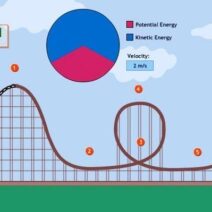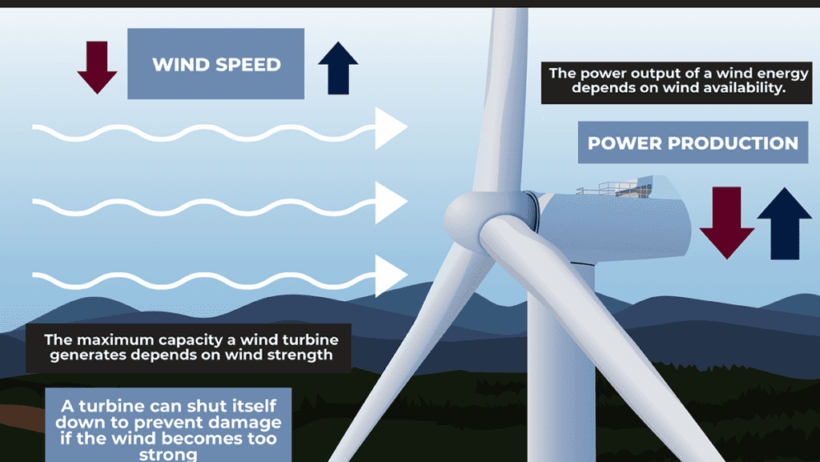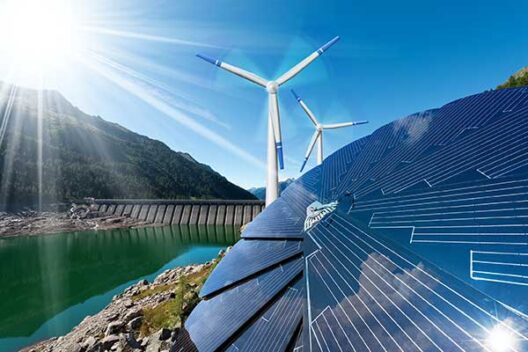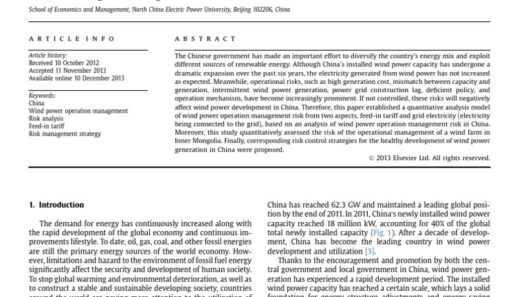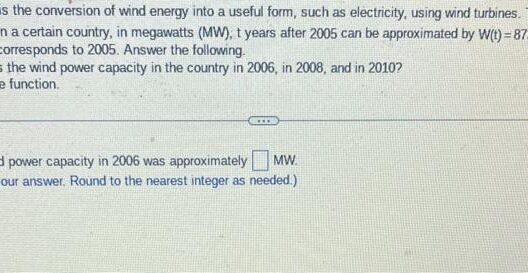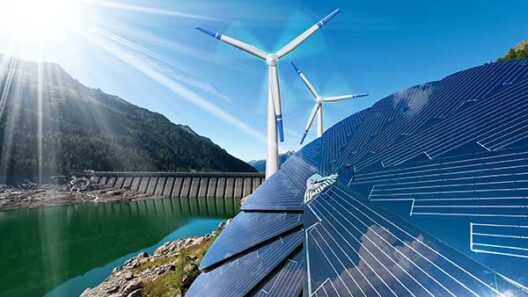Wind energy has increasingly captivated global attention as an indispensable component of the renewable energy puzzle. Given the mounting urgency surrounding climate change and energy dependence, understanding the sheer volume of energy wind turbines generate is both critical and enlightening. This discourse delves into the vast realm of wind energy production, addressing its technological intricacies, environmental reverberations, and potential for revolutionizing energy landscapes.
As wind energy technology continues to evolve, harnessing the kinetic movement of air transforms it into electricity. This transformation, layered with an array of factors, prompts broader questions regarding efficiency, sustainability, and future scalability. Wind power offers an innovative solution to depleting fossil fuel resources while contributing to cleaner air and reduced greenhouse gas emissions.
The nexus between wind energy and its production capabilities manifests in various forms. Core to this exploration are wind turbine technologies, the locations of installations, and the overarching climatological conditions that influence energy output. Thus, appreciating how much energy wind can produce requires a multifaceted insight into the operational dynamics of wind power systems.
Fundamentally, the energy produced by a wind turbine is determined by several key variables, including wind speed, turbine design, and height. Turbines are engineered with blades that can effectively capture the fast-moving air, leading to optimal energy conversion. The power generated by a turbine is proportional to the cube of wind speed; therefore, even a modest increase in speed can yield significant surges in electricity production. This underpins the critical importance of site selection, where geographic locations with consistent wind patterns, such as coastal regions and elevated terrains, are strategically chosen for optimal output.
In a contemporary setting, a typical utility-scale wind turbine, operating at a capacity of 2 to 3 megawatts (MW), can produce about 5,000 to 10,000 MWh of electricity annually. These figures vary based on the technology used, rotor diameter, and height of the turbine. Furthermore, advancements in turbine efficiency have allowed newer models to capture even greater energy from marginal wind resources. Offshore wind installations, in particular, exhibit significantly higher energy production due to uninterrupted wind flow and larger turbine sizes.
The proliferation of wind farms is not merely data-driven; it reflects broader societal shifts towards renewable energy. As nation-states grapple with environmental policies and energy security, the investment landscape for wind energy has expanded remarkably. Accounting for approximately 7% of global electricity generation in 2021, wind energy is anticipated to continue its upward trajectory. The International Energy Agency forecasts that by 2025, this percentage may reach around 12%, underscoring the industry’s robust growth potential.
Wind power generates a notable supply of energy—yet, the implications span beyond mere statistics. It engenders discussions about energy equity, job creation, and regional development. The emergence of wind energy has catalyzed new economic paradigms; the jobs associated with manufacturing, installation, and maintenance within this sector create opportunities in regions often overlooked by traditional fossil fuel industries. Moreover, ongoing advancements in wind technology present paths for economic rejuvenation, particularly in rural areas where wind farms are often located.
Despite these laudable strides, the wind energy sector is not devoid of challenges. One must navigate the complex matrix of social acceptance, regulatory frameworks, and environmental concerns. Local communities sometimes express opposition to wind projects, citing aesthetic intrusions or potential hazards to wildlife. As with any large-scale infrastructure, balancing ecological integrity with energy demands remains a pivotal concern. Nevertheless, stringent regulatory measures, like wildlife monitoring and community engagement initiatives, can help mitigate these impacts while garnering public support.
Understanding wind energy’s capacity to produce electricity urges one to contemplate its implications on a grander scale. Beyond the tangible energy output, wind energy poses philosophical inquiries regarding humanity’s relationship with nature and technological advancement. It invites intrigue about how society can transition towards sustainable energy practices while confronting historical dependencies on fossil fuels.
Global efforts to combat climate change anchor the wind energy narrative firmly in contemporary discussions. Wind power serves as a beacon of hope; its resilience and adaptability underscore the transformative potential of renewable energy. The energy sector is in the throes of a revolution that prioritizes sustainability—a shift that requires significant investment and commitment across the board.
The ramifications of wind energy extend into future societal frameworks. As technology evolves, storage solutions for intermittent renewable energy sources become paramount. The synergy of wind energy with other renewables, such as solar power, could pave the way for a more robust, decentralized energy grid—one that empowers the populace and champions energy independence.
In summation, wind energy exemplifies an intricate tapestry woven of technological prowess, environmental stewardship, and societal evolution. As the winds of change circulate around the world, understanding the production capacity of wind energy is more than just a statistical endeavor; it is an essential aspect of crafting a sustainable future. Embracing this form of energy can usher in an era characterized by ecological balance and energy security, instilling future generations with the resilience to navigate the challenges that lie ahead.

